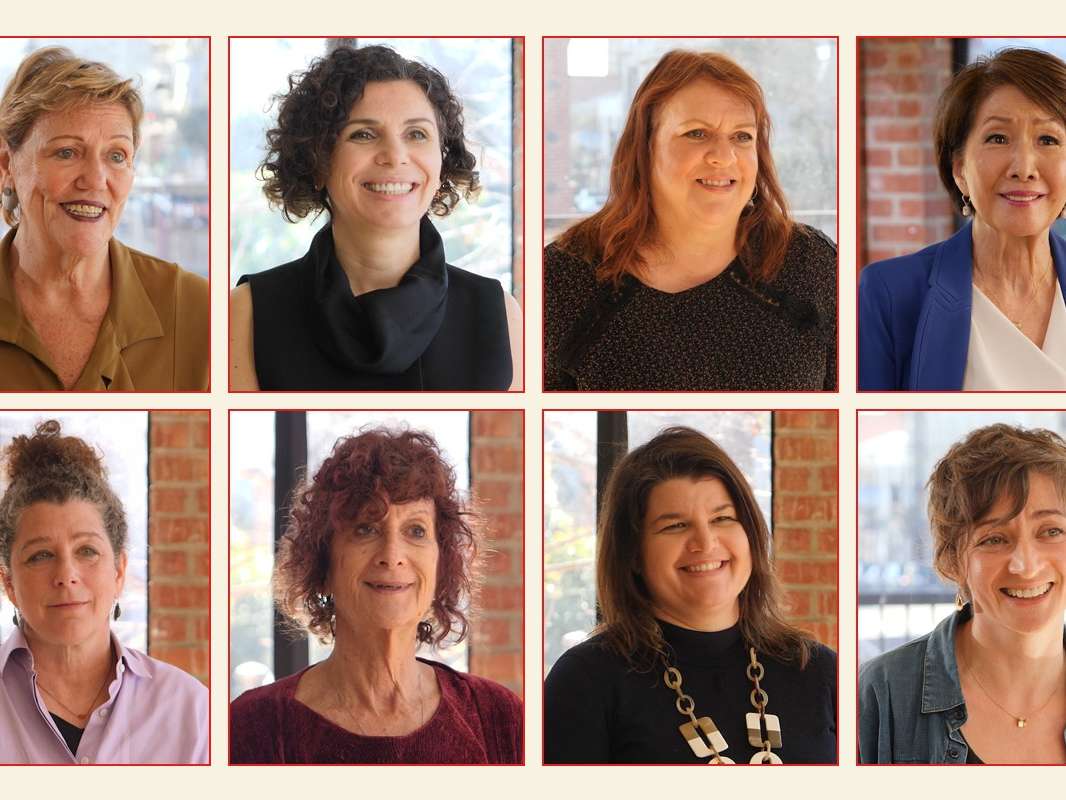An Opportunity to Reinvent Infrastructure

With President-elect Trump coming into office vowing to raise $1 trillion for infrastructure, many cities and states see a potential bonanza for high-speed rail development, bridge and highway repair, and, hopefully, urban transportation networks. As former Pennsylvania governor Ed Rendell noted at The Atlantic‘s summit on infrastructure, the Republican agenda is to let localities decide — and that should hold true for their infrastructure priorities as well, even if it means bike lanes, which a number of Republican Congressional lawmakers have come out against. At the summit, experts called for using this investment opportunity to create smarter, more resilient infrastructure, unleash new technologies, and move to more equitable approaches for long-term financing.
Brendan Shane, regional director at C40 Cities, argues that with any new federal infrastructure investment, there is an opportunity to make infrastructure low-carbon and resilient. Complete green streets enable all forms of travel, but especially climate-friendly ones like walking and biking. The national energy grid is woefully outdated and could be updated to be more energy-efficient. Water systems could be made more cost-effective and resilient through the use of green infrastructure. However, he cautioned that “$1 trillion won’t go very far. Los Angeles just approved $120 billion in projects, and that was just one city.”
Improving resilience is the primary focus of Norfolk, Virginia, said Christine Morris, the chief resilience officer of this coastal city. Norfolk, which hosts the largest naval base in the U.S., just finalized its Vision 2100, which creates a road map for resilience and adaptation to both land subsidence and flooding from sea level rise. She said “resilient cities don’t wait for someone to save them, they move forward and find partners.”
Morris was optimistic the department of defense and federal government will continue to invest in making the base and the city that houses it more resilient. Norfolk plans on creating a layered system of defenses with wetlands, green infrastructure, berms, and gates. “The federal government wants to keep and protect national assets.”
Gabe Klein, co-author of Start-up City: Inspiring Public and Private Entrepreneuriship, Getting Projects Done, and Having Fun, and Niki Christoff, head of government affairs for Uber, called for using new technologies to improve urban transportation infrastructure. Klein said the department of transportation’s smart cities challenge was brilliant at leveraging $40 million in prize money to create “$500 million in strategic planning” on how to use technology to reduce congestion and pollution and improve safety and efficiency.
He said second-tier cities like Pittsburgh — the site of Uber’s self-driving ride-share experiments — are great places to test new transportation technologies, “as they can get things done faster.”
Klein sees a mix of driven and autonomous vehicles for “a long time,” with a painful transition period over the next 20 years. Eventually, with the explosion of automated ride-share vehicles, 90 percent of cars in dense urban cores will go away, freeing up space for housing and parks.
Christoff noted that one of the biggest obstacles for automated vehicles are potholes, which cause confusion for the computers. She said Uber may eventually share the data automated vehicles collect on potholes with local transportation departments. If they are fixed, it would be a win-win for the private and public sectors.
Klein said cities can also turn to the public for help in fixing potholes, asking them to identify and submit information. In D.C., when he was transportation commissioner, he created Pot-hole-palooza, a crowd-sourcing effort, and then sent out an “auto pothole killer.”
While Trump aims to use some mix of private and public funds for infrastructure, there was discussion on what happens long-term after the money has been spent. The federal gas tax hasn’t been increased since the 1972. One innovative model piloted by Oregon last year finances road and highway investment through a usage fee, a tax for miles traveled, instead of the usual federal gas tax. Some 5,000 cars participated in the pilot.
Instead of privileging the low-gas use of hybrid vehicles, the system, which involves adding a small USB-like device into cars’ speedometers, treats all miles traveled the same. “It’s more equitable, and the payment system is transparent. At the end of the month, you receive a bill like you do for water or cell phone service,” explained Richard Geddes, with the American Enterprise Institute. As part of the scheme, there are rebates for any gas taxes.
In a poll from last year, Oregonians were split on the idea of replacing the federal gas tax with a mileage based approach. Still, the idea of charging vehicle owners based on how much they actually use and wear down roads seems more direct, understandable, and fair.
An Opportunity to Reinvent Infrastructure


